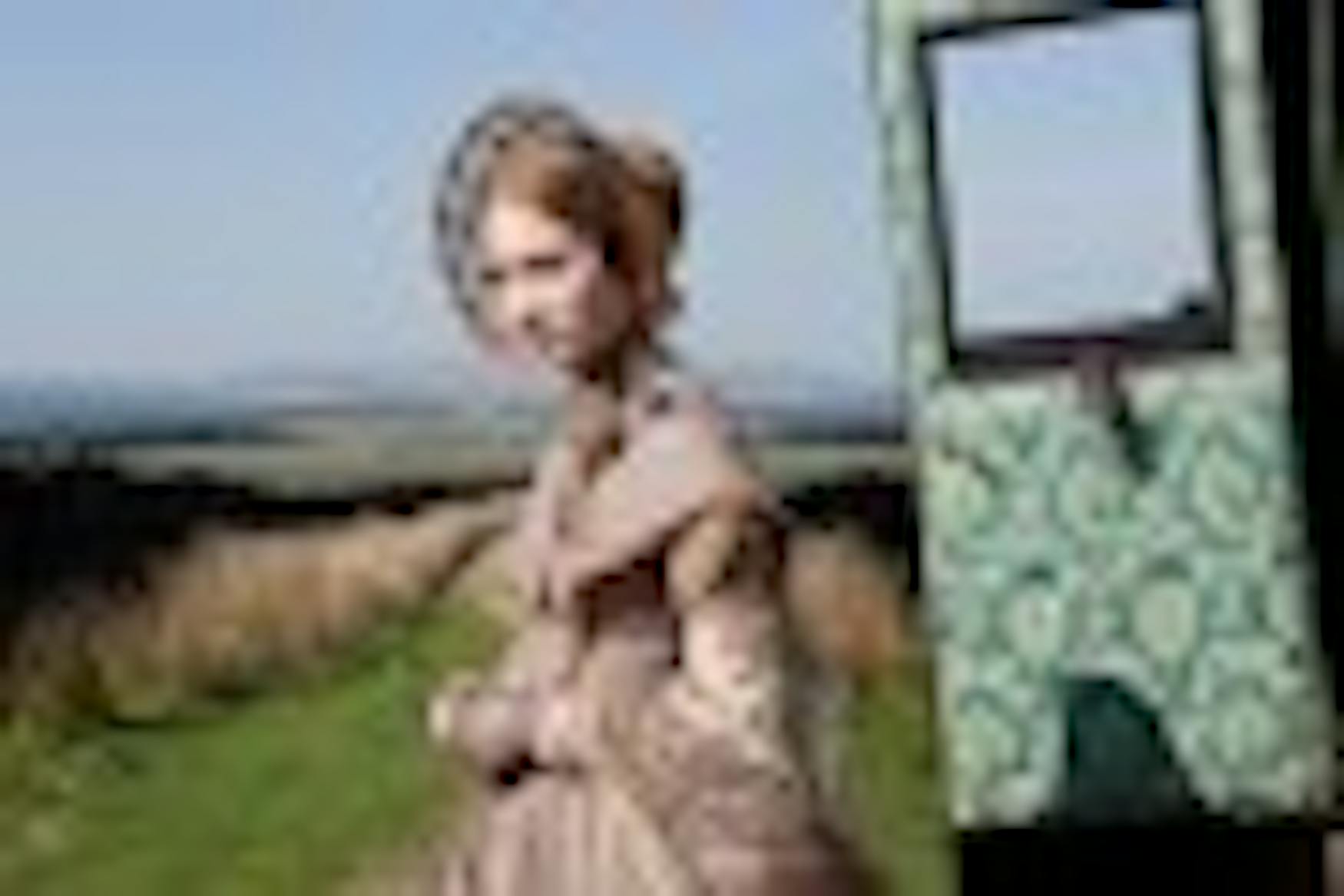JustArts speaks with Wasikowska and Fukunaga about their new film, 'Jane Eyre'
Director Cary Fukunaga and star Mia Wasikowska team up to bring the latest version of Jane Eyre to the silver screen. As part of the press tour for the film, they stopped by the Liberty Hotel in Boston last week to speak with several reporters, including one from justArts.With Jane Eyre, Fukunaga was tackling a film that had been made no fewer than 27 times before, and it was a daunting task. "I was amazed there were so many versions of the film," he said.
"I had done research [on the other movies, as well as Alfred Hitchcock's] Rebecca, just to get a feel for the style of that world. The movie [has been] made every 5 years if you average it out, and I have no doubt it will be made again. Why? It's good storytelling, and at this point it's classic."
Similarly daunted by the task of starring in such a well-known story was Wasikowska, who had her own feelings about the numerous prior installments. "I didn't watch any of them," she said. "I was partially overwhelmed by how many there were, and I also didn't know where to start. I didn't want to be influenced by anything, even in a way that I didn't realize. I was always aware of [the novel] but I hadn't read it until I picked it up in the middle of 2009 ... I started reading it and I thought it was really incredible. I got in touch with my agent and asked her if there was anything in development, and there wasn't. It was about 2 months later that she sent me the script, and then I met [Fukunaga] and we went from there."
Jane Eyre is shot largely in expansive, dark interiors, which meant that the camerawork had to be very naturalistic and included a lot of candlelight. "It's only hard for the focus puller," Fukunaga joked, commenting about the shooting process. "The camera's often locked off and there's a very ballet-like choreography to some of the camera movements, which require committing to a shot. When you're putting time in and your schedule's compressed, there's much more pressure to get it right the first time. In terms of candle lighting, it was about being as naturalistic as possible, and not trying to make everything look over lit in a Hollywood movie kind of way. Keeping it raw and simple was the challenge."
Wasikowska said, "the camera and the lighting [don't] really ever restrict me," Wasikowska commented on the film's stylistic challenges. "I'm not aware of that stuff, but the costumes were a constraint. It was both a blessing and a curse because it was good to understand the oppression that women were under at the time and what that would feel like. [The costumes were] a metaphor for the whole society and the way that women were treated then, so that was useful."
Fassbender plays the charming and mysterious Mr. Rochester, whom Wasikowska greatly enjoyed working with. "He has the qualities of both being potentially dangerous and also really vulnerable and loving," she said. "So it's the right mixture of excitement, fear and challenge. As an actor it's so easy to work opposite him because you can completely believe it. He's so natural, and there's such an intensity that comes through his eyes."
"Definitely the biggest challenge during rehearsals for me and [Fassbender] was we wanted to read it through as much as possible," Wasikowska noted about the challenges of utilizing language to reflect the story's 19th-century English setting. "[The language] is very ornate, poetic and unlike language that we use today. Every word is so specific and there was a lot of decoding. [We had to read] it enough so that we felt comfortable," she said.
"With original material or an original character, the audience is going to take it for what you give them," Wasikowska noted about her experiences playing both original- and literature-based characters, "But when you're dealing with a character like Jane or Alice [in Wonderland], who are so well-known by people and so ingrained in people's minds . there's a bit more risk. You hope that people will accept your interpretation."
For Fukunaga, one thing that was very important in filming Jane Eyre was keeping the tone consistent, which meant that certain alterations would have to be made to the novel, including the ending of it, which is a bit less resolved in the film. "I think to be consistent in the film there has to be a consistent tone, especially over as short a period as 2 hours," he commented.
"So what I want to do is end it in a way that, for the people who know what happens, it's great. For the people who don't know what's going to happen, there's still this [sense of] 'what's going to happen?' that shouldn't just be all buttoned up and answered for them. The story lives inside you after you've finished watching it.



Please note All comments are eligible for publication in The Justice.